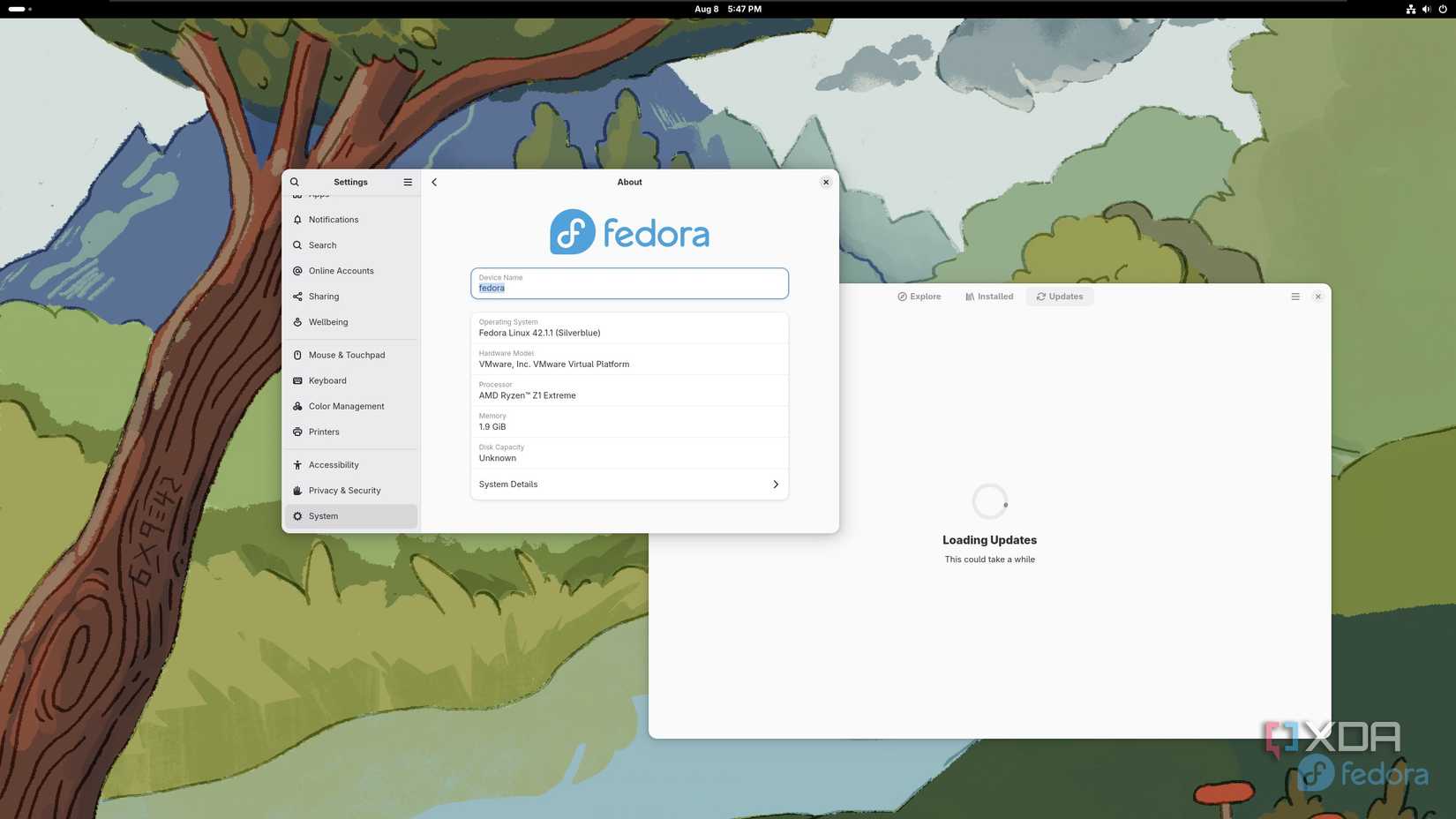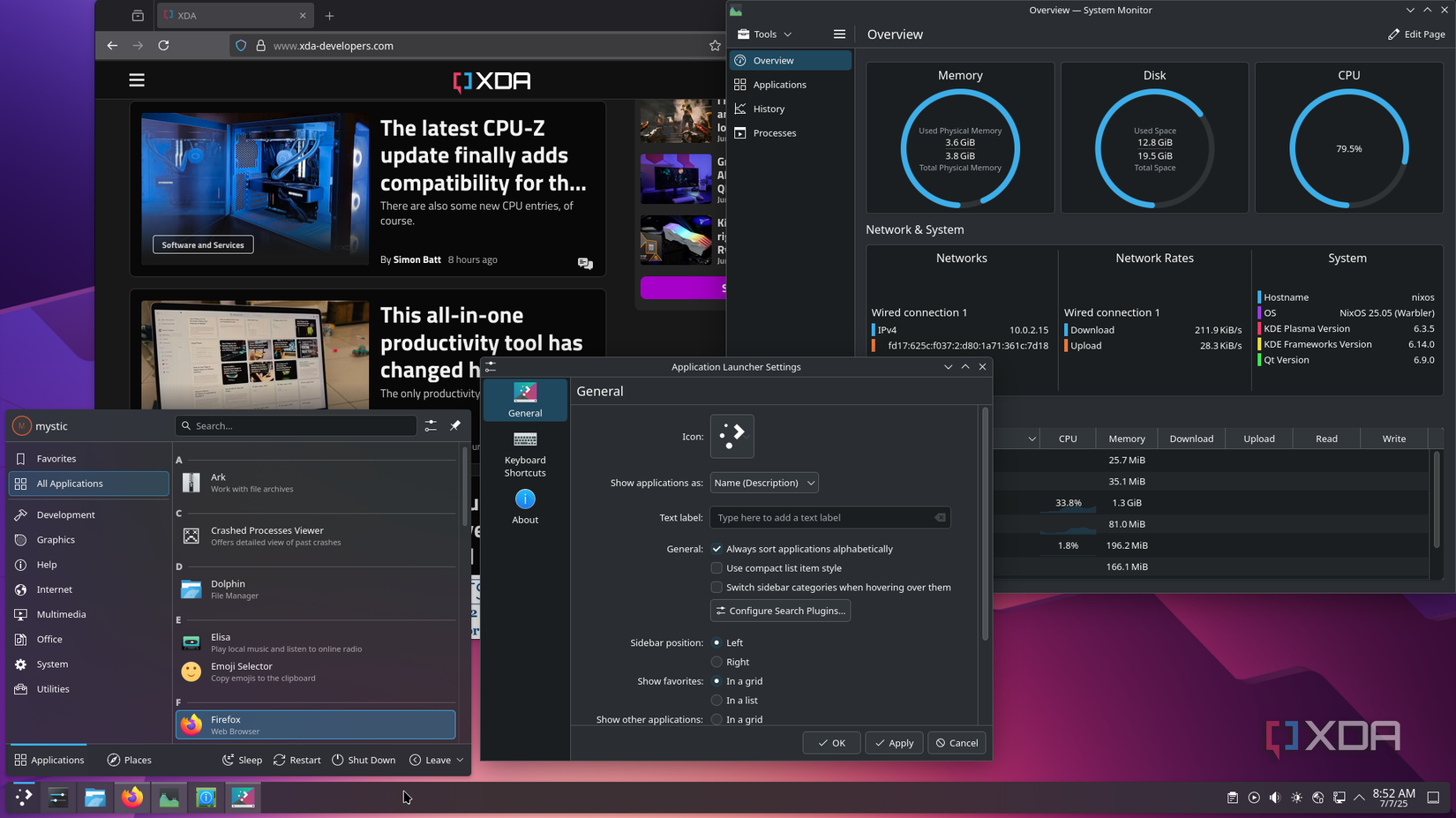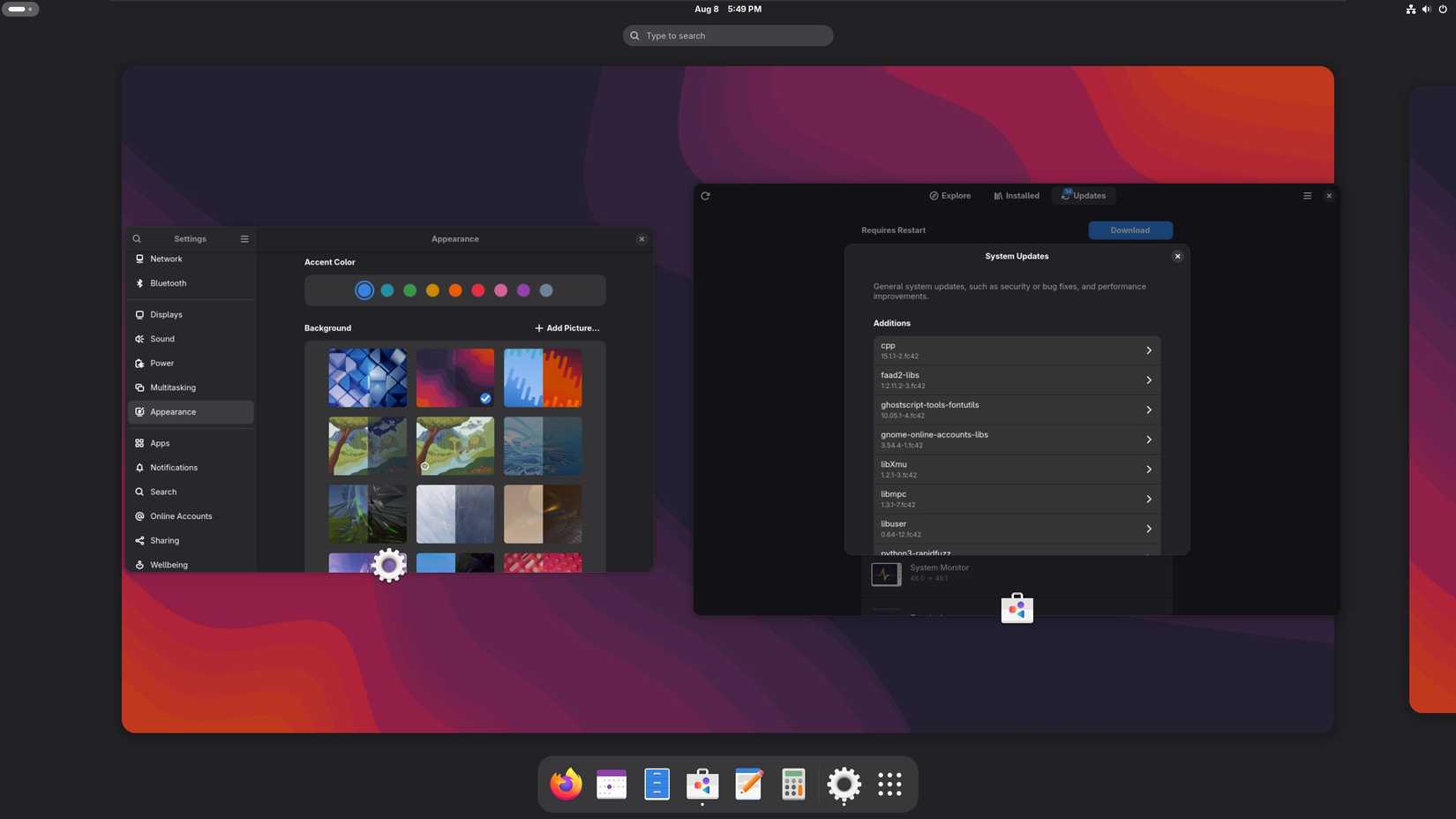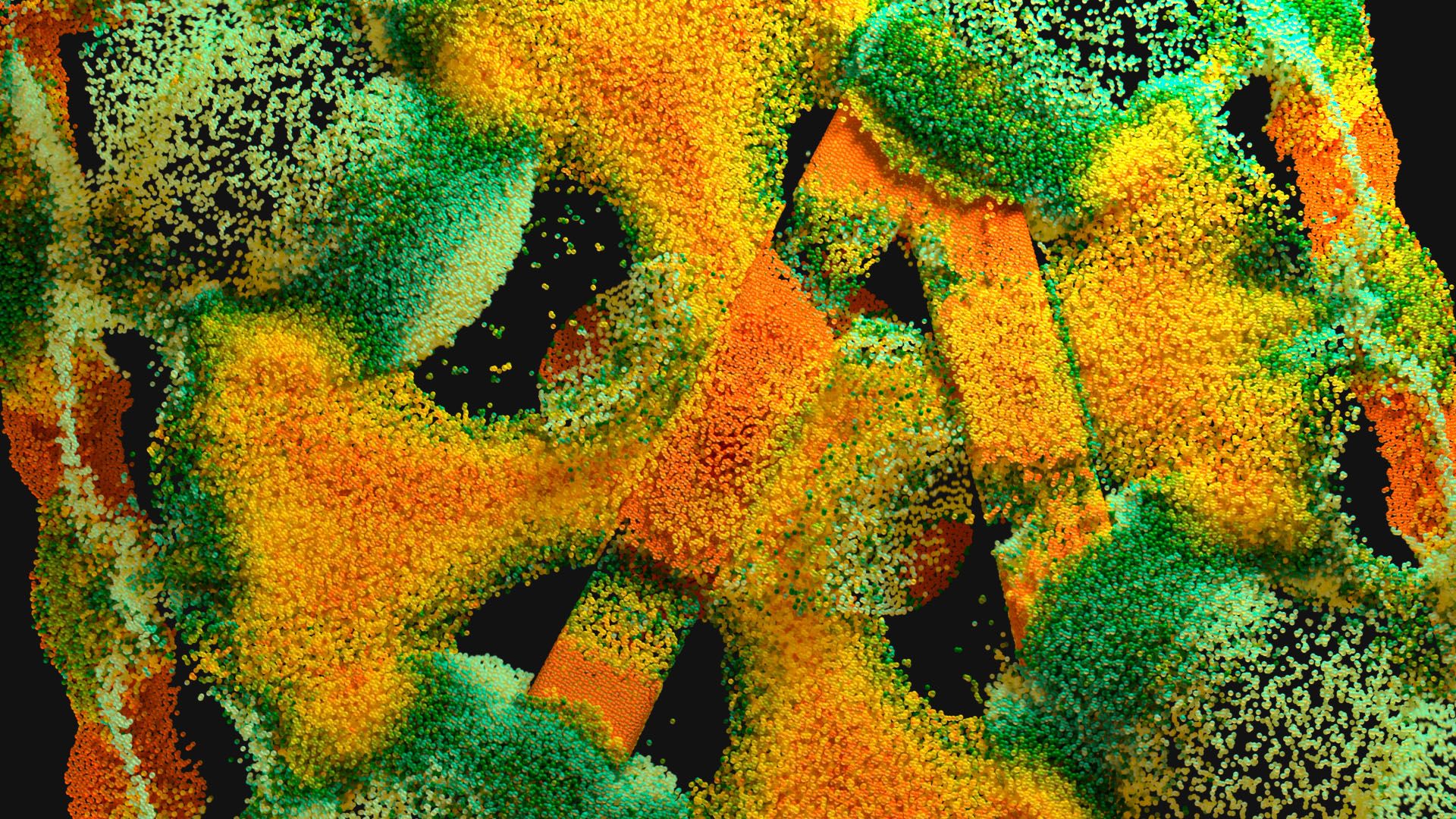5 reasons immutable operating systems are the future
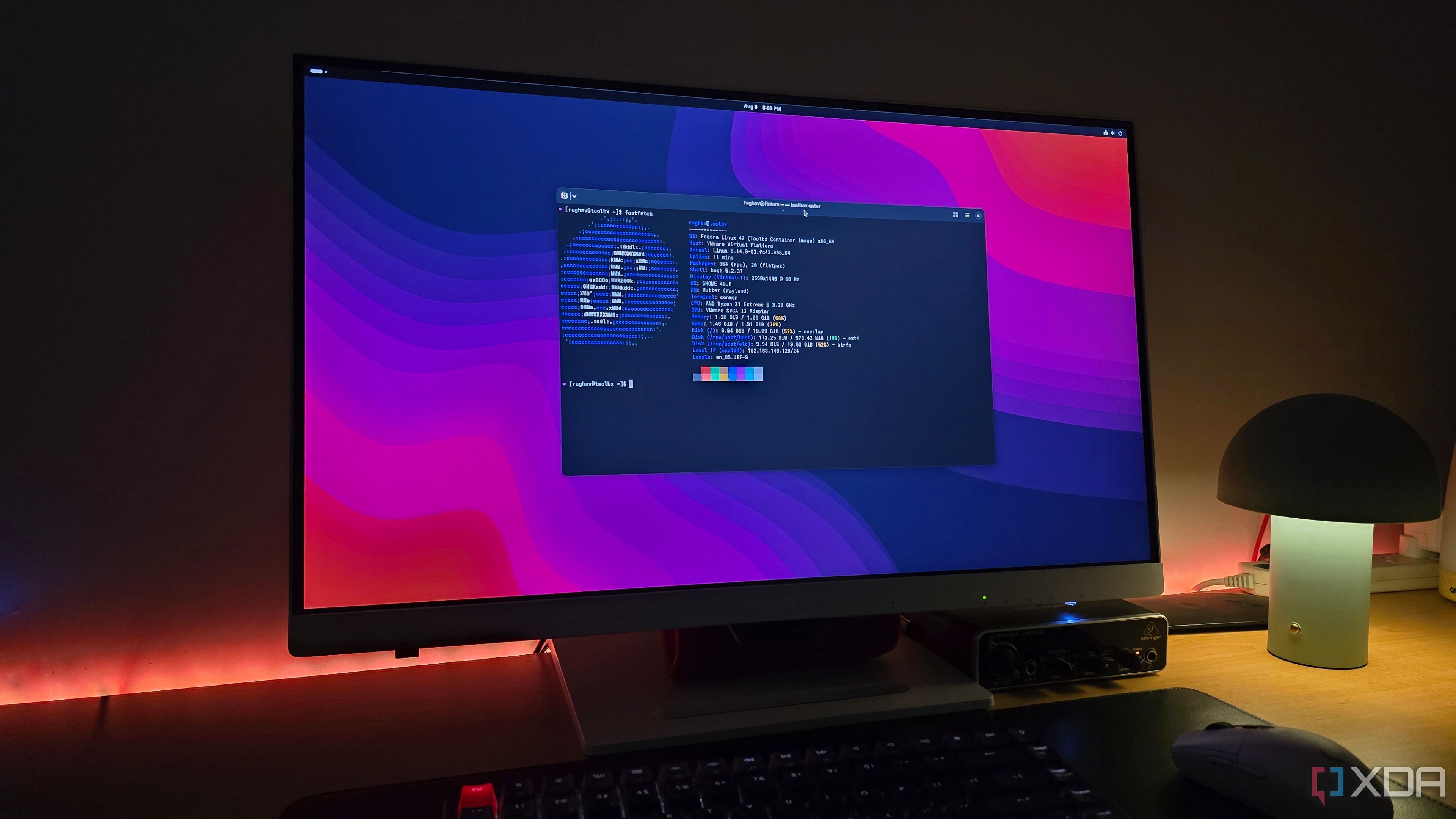
I’ve spent years experimenting with countless Linux distributions, breaking my system more times than I can count. While that trial-and-error process is part of the fun for me, I’ve learned from helping friends and family that what excites me is exactly what drives them away; most people don’t want to fix their computers, they just want them to work.
That’s where immutable operating systems come in. In simple terms, an immutable OS has a read-only core. The main system files can’t be changed easily, so you can’t accidentally break something critical. Updates are applied in full snapshots, and if something goes wrong, you can roll back to a previous working state. Your files and settings are stored separately, so they remain untouched during updates or repairs.
I’ve spent enough time using and experimenting with distros like Fedora Silverblue or SteamOS to understand the advantages they bring. While I still love tinkering, I’ve come to believe that for the average user, immutable operating systems solve a lot of problems before they even happen.
Much harder to break
It keeps you out of trouble, even by accident
One of the biggest advantages of an immutable OS is that it’s incredibly hard to break. On a traditional Linux distribution or even Windows, a single wrong command or misplaced file can mess up your system in ways that require hours to fix. I’ve done this myself while experimenting, and while I know how to recover, most people would just give up and reinstall their OS or switch back to something more familiar.
With an immutable OS, the critical parts of the system are locked away. You can still install apps and save files, but you can’t modify the core in ways that risk breaking it. Even if you try, the changes don’t stick after a reboot. I’ve had friends run systems like this for months without calling me for help, and trust me, that’s rare.
Instant recovery when things go wrong
A safety net that’s always there
No matter how stable an operating system is, issues will occasionally arise. An update might misbehave, a piece of software might cause conflicts, or something unexpected might break. The beauty of immutable systems is that recovery is as simple as rebooting into the last working snapshot.
I’ve personally had updates fail on SteamOS. In the past, this would have usually meant reinstalling the OS. However, with these systems, I simply rolled back to the previous state via the recovery menu, and everything continued to work.
For someone who just wants to get some work done, this means less stress and frustration. Instead of a broken computer being a major problem, it’s just a minor hiccup. And when you’re deploying hundreds or thousands of machines, the ability to recover instantly saves a massive amount of time and resources.
Security is baked in from the start
Even if you’re not a target, it’s worth protecting yourself
One point I hear often is that Linux isn’t a big target for viruses or malware, so security isn’t as urgent. While that’s somewhat true, most malware is still aimed at Windows. Security is something you should never compromise on. Threats are always evolving, and protecting your system from the start is far better than cleaning up after an attack.
Immutable operating systems excel here because the locked-down core makes it much harder for malicious software to gain persistence. Even if malware somehow gets in, it can’t alter the base system files, and a simple reboot wipes it out. This isn’t just a theoretical benefit; it’s a practical one, especially for shared devices and public-facing systems.
When deployed at scale, this approach reduces the need for constant hands-on maintenance. It lowers the risk of security breaches, and that peace of mind is worth it for both organizations and individual users.
Predictable and consistent for everyone
No weird surprises between machines
One thing I’ve noticed with traditional Linux installs is that no two machines are ever quite the same. Even if you start with the same distro, differences in updates, packages, and configurations can lead to subtle inconsistencies. This makes troubleshooting more challenging, as what works on one machine may fail on another.
With immutable systems, every installation of the OS is identical at its core. If you set up one machine, you know exactly how the others will behave. This makes life easier for tech support, developers, and anyone deploying multiple devices.
For the average user, this predictability means they can follow guides or ask for help without running into “well, it’s different on your setup” problems. And for large-scale deployments, it’s an absolute game-changer.
Android has already proven this works at scale
And it’s not alone — SteamOS and ChromeOS do it too
If immutable operating systems sound niche or experimental, consider this: Android is essentially an immutable OS at its core, and it powers billions of devices worldwide. You can’t overwrite system files while the system is running. Updates are applied as whole snapshots on supported devices, and if something goes wrong, the device can roll back to a working version.
The same is true for ChromeOS and SteamOS. ChromeOS dominates the education market in part because it’s so stable and easy to manage at scale. I’ve also run SteamOS on my ROG Ally for months without having to troubleshoot the OS itself. If you’re looking for a starting point for a proper desktop OS, though, I would recommend NixOS.
They’ve already proven themselves in some of the most demanding consumer markets. Bringing that same reliability to desktops and laptops makes perfect sense, especially for users who just want their devices to work without constant care.
I still run immutable distros on my main machines, but for different reasons than most people. I enjoy breaking things just to see if I can fix them again. I like swapping out bits of my system, trying experimental updates, and bending the OS in ways it was never meant to go.
There are still a few things Linux still gets wrong, but the shift towards immutable distributions is definitely the right choice.
For average users, the appeal is much simpler. They just want a machine that turns on every morning and works exactly like it did yesterday.
link

